If nature had a high school yearbook, flowers would win “Most Attractive” every time. They’re both beautiful and colorful. They come in an endless array of shapes and sizes. We love them so much that we want them in our home. They’re the perfect gift no matter the occasion.
During the spring and summer they’re everywhere, which is why the genre of flower photography is so captivating and why your Instagram feed can become overrun with photos from flower shows and gardens. And even when they’re not blooming because of a chill in the air, you can easily buy a bouquet and bring them home for a photo shoot.
If you are someone who loves flowers, then here are some ess3ntial flower photography tips to help you make the most of Mother Earth’s prettiest decor.
1. Look for the flower and something
If you wait long enough, something is going to happen to that flower that’s even more interesting than the flower itself. Water droplets will gather and then drip off of it, a gust of wind will come and blow it sideways, a bee or butterfly will land on it, or it may even start wilting, giving it a new type of structure. Look for the little extras that some flowers are lucky enough to have.
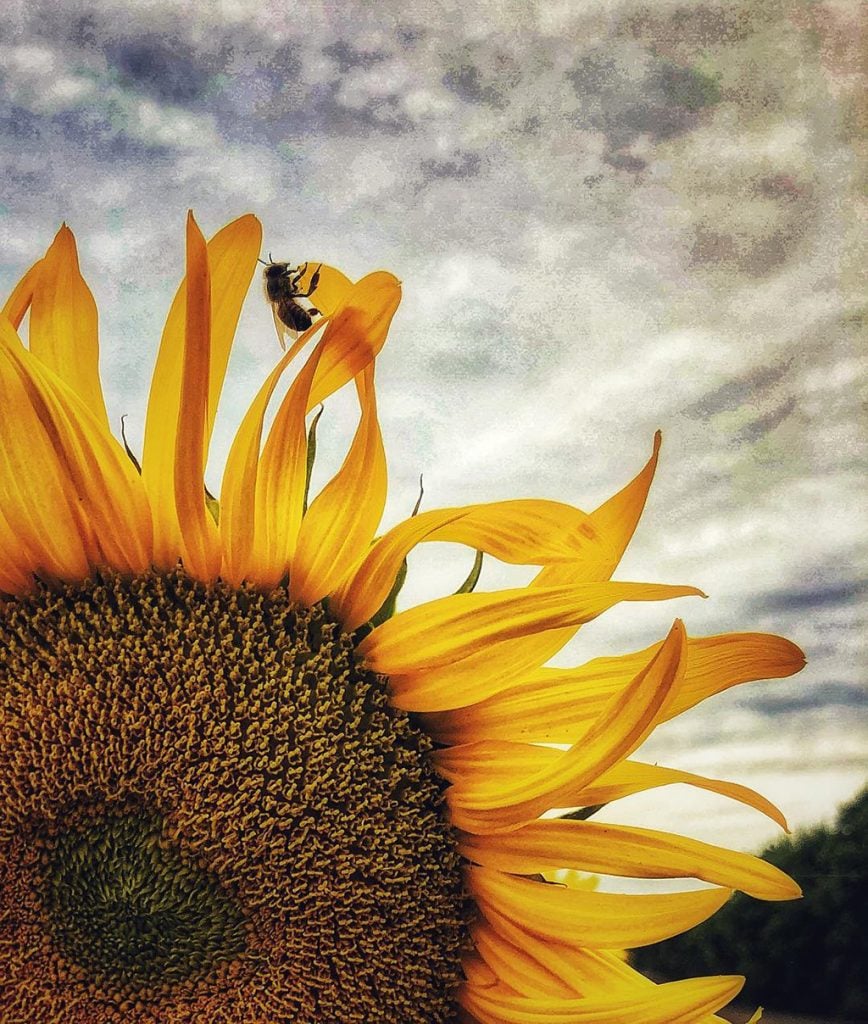
Photo by @di.monheit19
2. Shoot from below
Most people stand over flowers and shoot downwards, or they’ll kneel in front of them and shoot straight on. I think flowers look best when you shoot upwards, though. The flowers appear larger, and I find that my photos look more crisp this way. It also puts the viewer right in nature, literally – they’re in the grass looking up, like an ant might be. Plus, if there are a lot of people milling about, like in a popular garden or at a floral show, shooting upwards will capture just the flowers and the sky to evoke serenity instead of crowds.
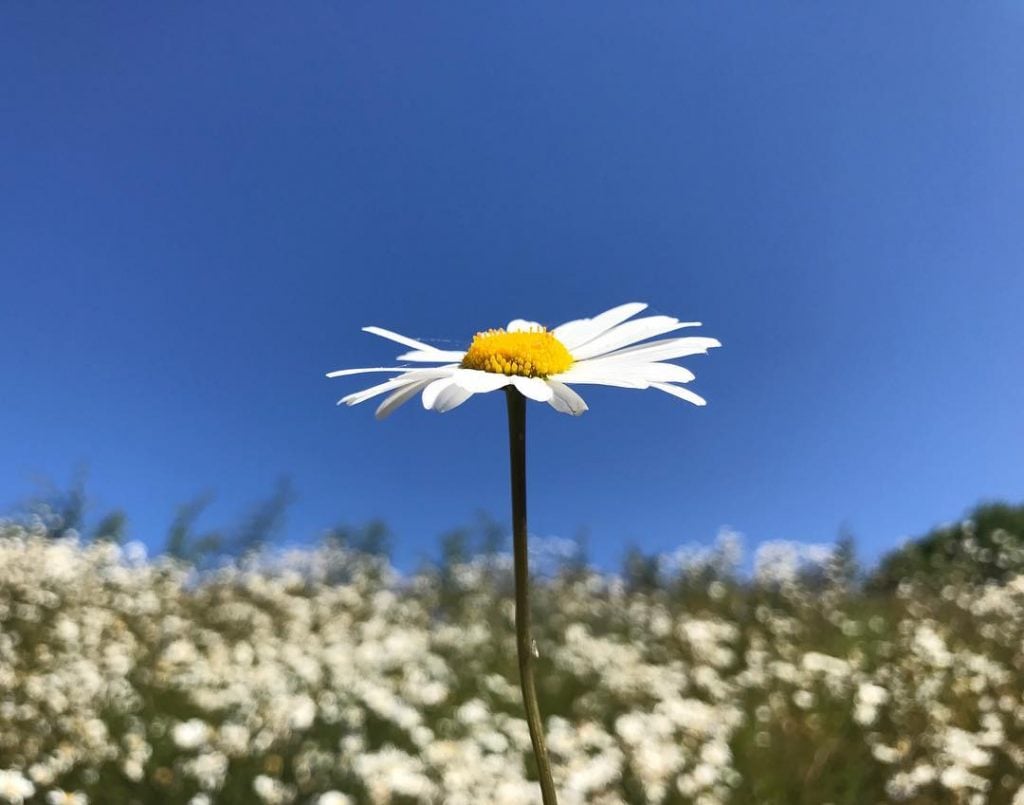
Photo by Elaine Taylor
3. Shoot at eye level
Instead of kneeling down and shooting at eye level from far back, get up close to the flowers and shoot the tops of them. This is best if there are a lot of flowers in a field – you’ll fill the frame with their blooms and the tops of their stems, almost as if you were skimming their top layer.
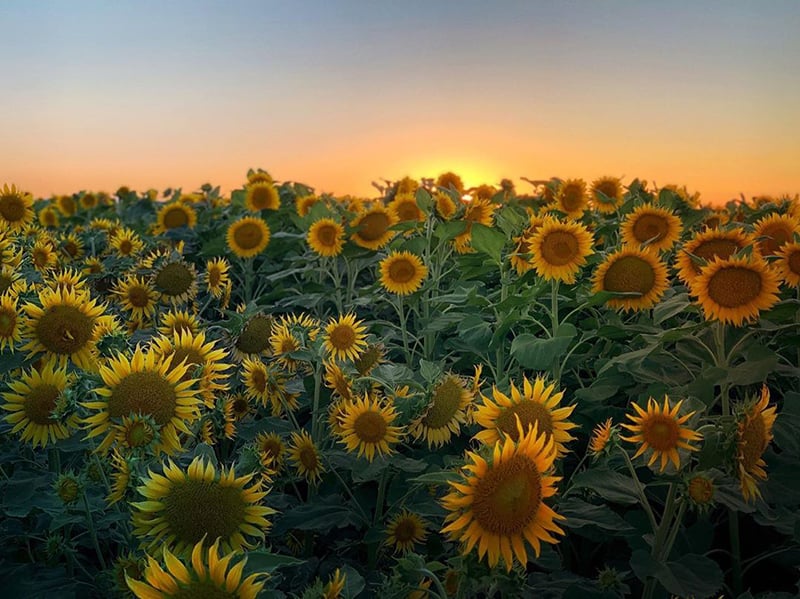
Photo by @db.cooper
4. Shoot straight down from above
When standing over the flowers, shoot straight down from above instead of at an angle. It will sort of knock the viewer off balance a little, but on purpose. It also gives you an interesting view inside the flower instead of at the outside of the petals.
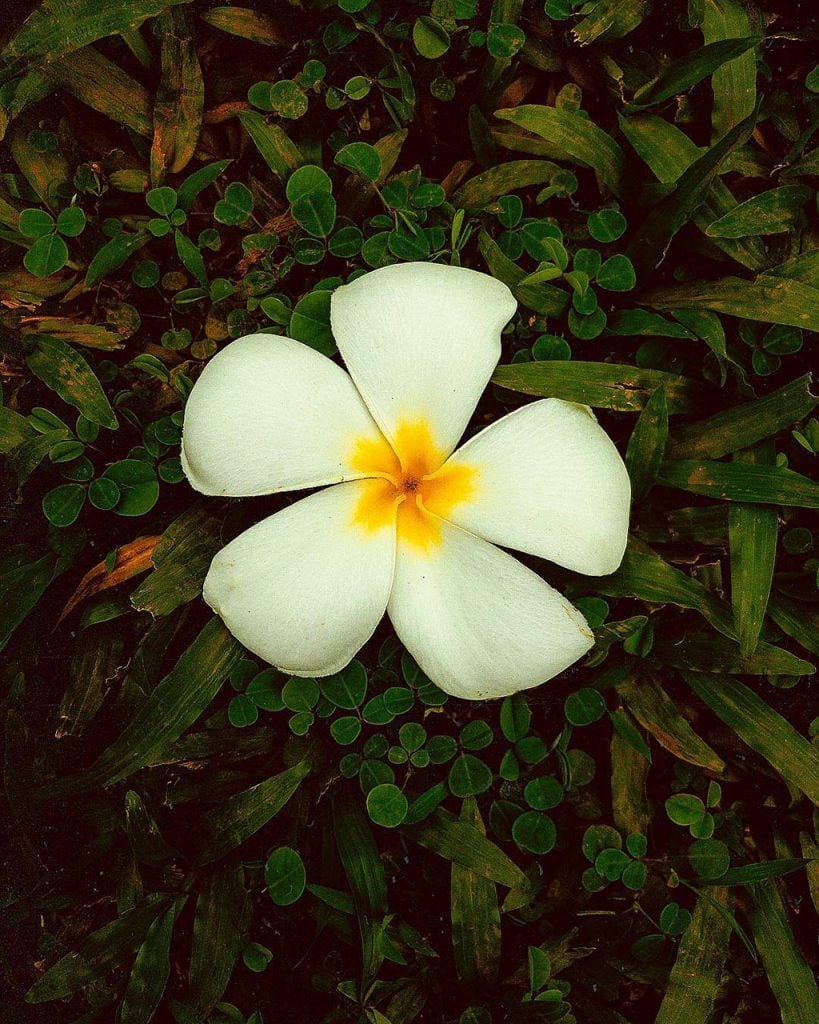
Photo by @the.r.a.b.b.i.t
5. Use a macro lens with your smartphone
When you use a macro lens, you can get teeny, tiny details you wouldn’t be able to capture with a normal lens. Flowers have so much to them that you can’t see with the naked eye – their structures are complex and unique. If you get close enough, you may not even be able to tell your image is of a flower at all.
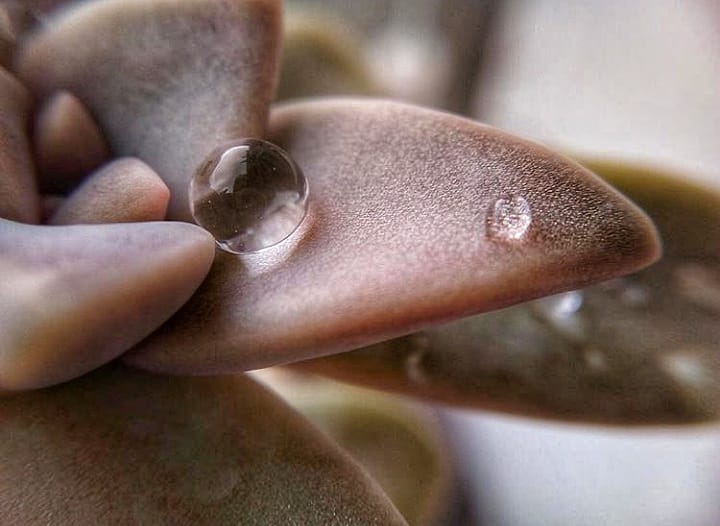
Photo by @el_rubins_ed
6. Go abstract
Flowers may look simple at first – stem, blossom, maybe some leaves – but every single component has its own shape and lines. Focus on one of the flower’s many natural shapes to make a generic flower photo much more abstract.
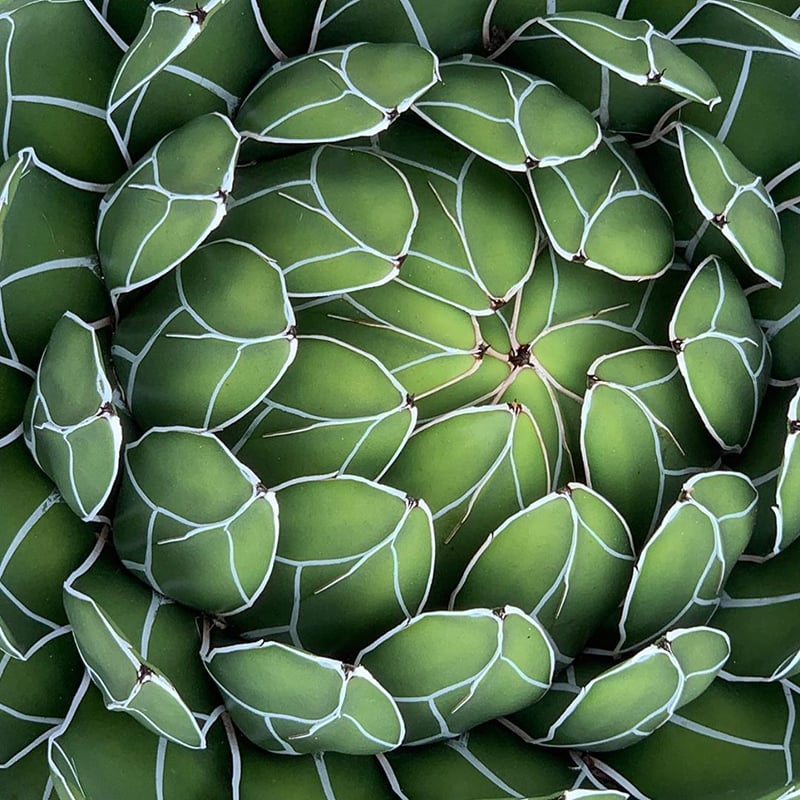
Photo by @nlhcreates
7. Put the background in focus
If you’re shooting a grouping of flowers, focus on the ones in the background while keeping the foreground blurry. If there are fewer flowers in the foreground than the background, this will ensure that your image has more of its subjects in focus.
The same goes if you’re taking a photo of just one flower. In this example, the petals in the foreground are blurry, while the rest of the flower is in focus:
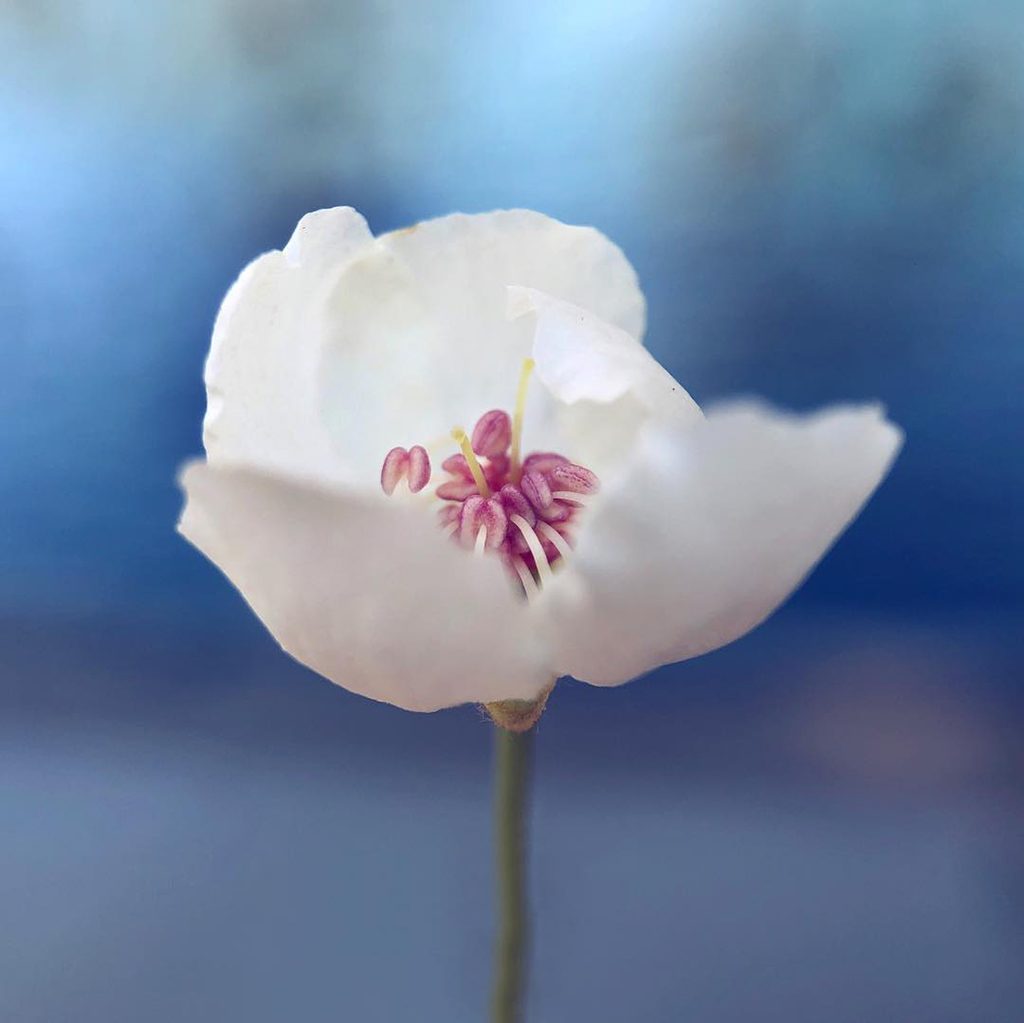
Photo by @itha_mar
8. Capture two types of flowers next to one another
If you ever watch people photographing flowers in a garden or at a floral show, they’ll often go up to one type of flower, take a photo, then go on to the next grouping. The juxtaposition of different kinds of flowers can make a more interesting and beautiful photo, though.
9. Make sure to capture the color
When you think of flowers, the first thing you probably think of is color. To capture color in the best light possible (literally), head outside during the Golden Hour or on a slightly overcast day. To capture vibrant color, you need vibrant light – don’t confuse that with harsh or direct light, though. Natural light that’s scaled back a little bit is best.
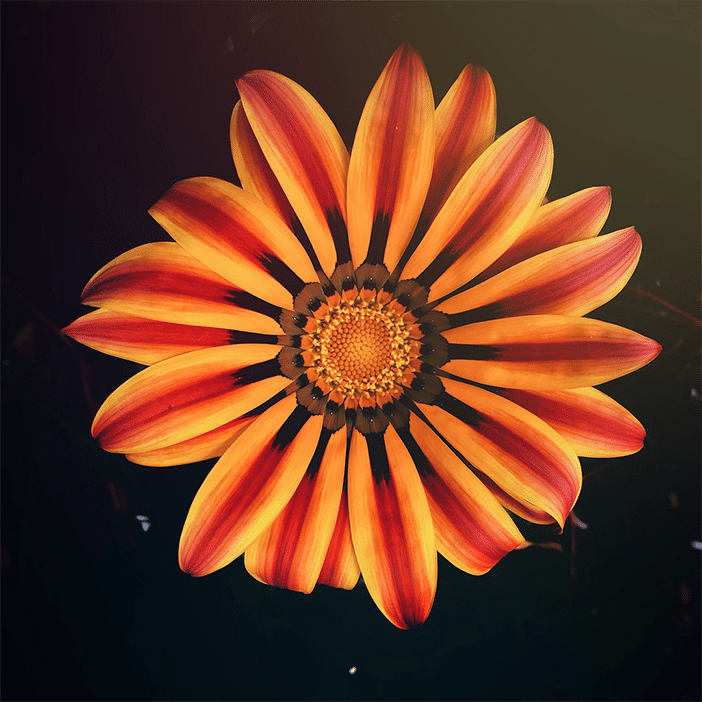
Photo by @cocopozoq
On the other hand, experimenting with direct sunlight can give you deep shadows and color that practically glows:
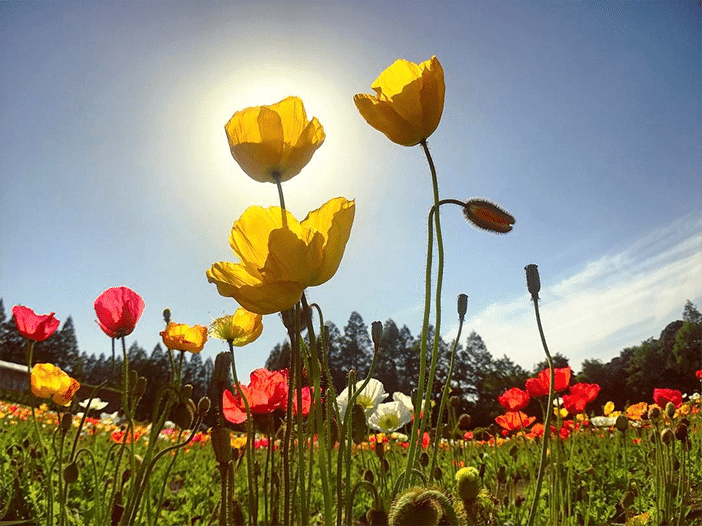
Photo by @agkolatt
10. Try it in black and white
Okay, so forget what I just said about color for a moment and turn one of your flower photos into black and white (you can do this during editing, but even better is if you shoot in black and white to begin with). I personally love the black and white filters in VSCO – I like the contrast they offer, especially because I like extreme whites and blacks instead of grayish areas.
Use black and white photography for your flowers when you want to really showcase their lines, form and structure. By getting rid of the color, you’ll eliminate some of the distractions and get your viewer to see what you want them to.
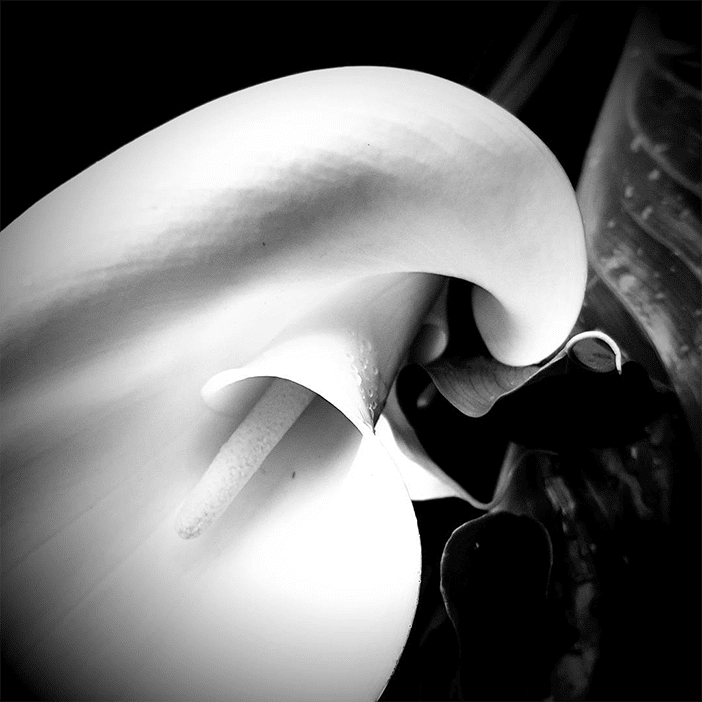
Photo by @mylly64
11. Use a similarly colored background
You may think that colorful flowers can only pop if they’re in front of a neutral or stark background, but a background that’s a similar shade to the flowers can be lovely, too.
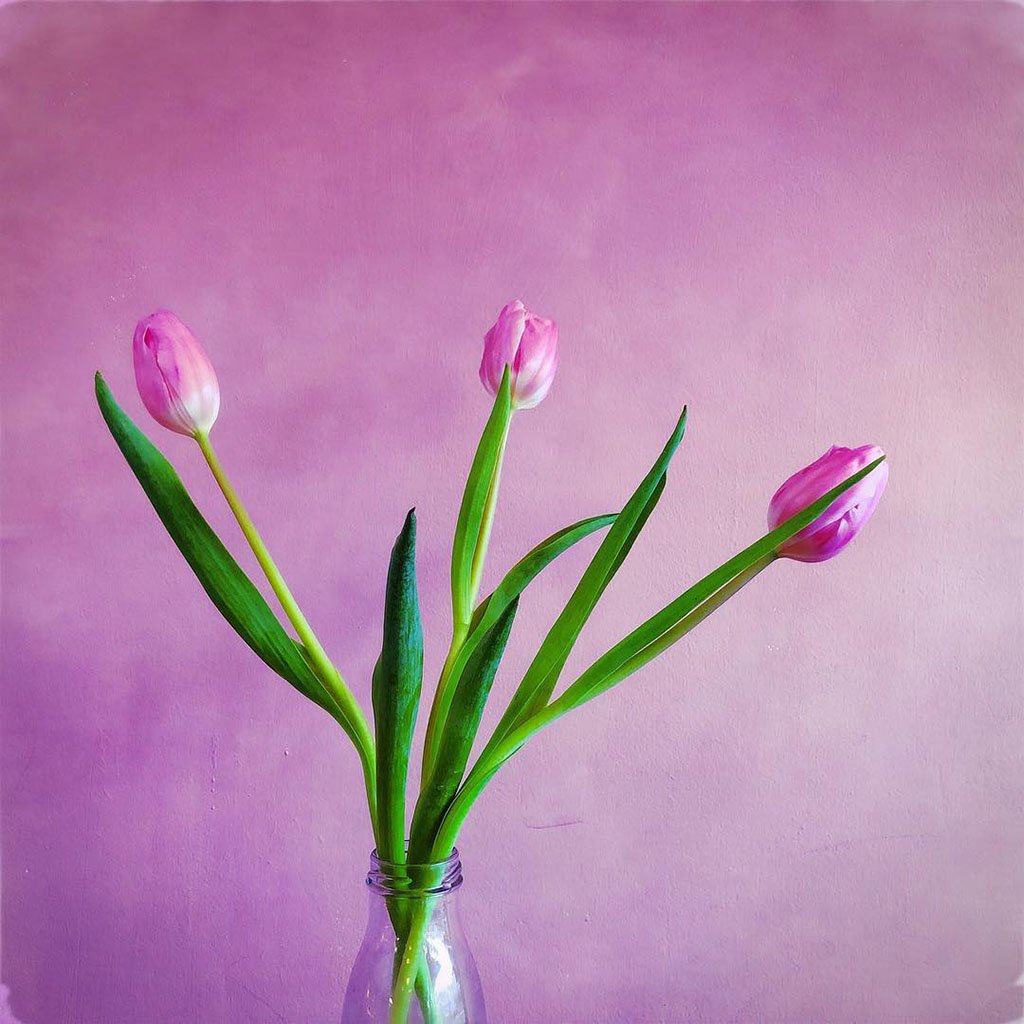
Photo by Elaine Taylor
12. Bring the flowers into the rest of your life
Do something different with the flowers, something that bridges the gap between nature and the rest of your life. Photograph your dog rolling around in them, create a flower crown or decorate the dinner table with petals.
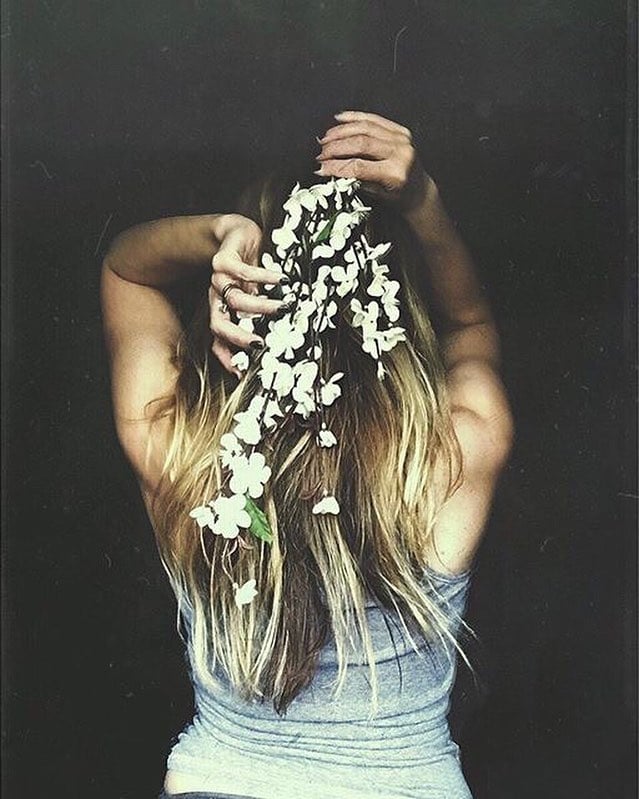
Photo by @katieteix
13. Show how flowers change over time
I love nature photography that shows a progression. If you can, go back to the garden or field several times to photograph the same flowers as the weeks pass. You’ll see how they change from healthy and fresh to drooping and losing some of their vigor.
Final thoughts…
Anybody can take a picture of a flower, especially when we all pass so many each and every day (at least during the warmer seasons). To see something different through your lens takes time, patience and an eye for offbeat composition. Flowers may be common, but your flower photography doesn’t have to be.






This is all very true but can this sort of standard , as illustrated , be achieved using an iPad mini 4 as the camera ? I’ve downloaded a couple of apps relating to photography techniques , but is this enough ? I must add that I’m an amateur with taking photos but would like to improve things.